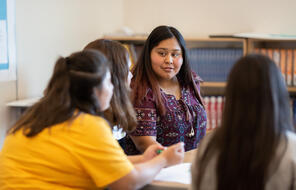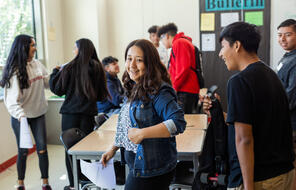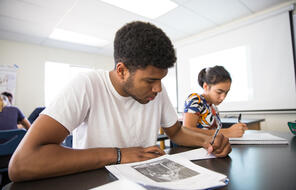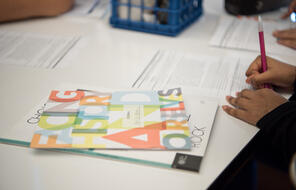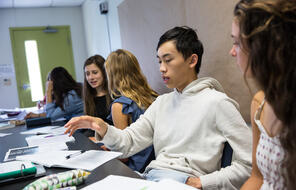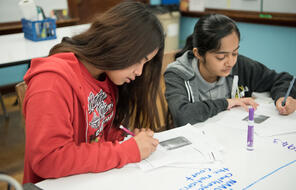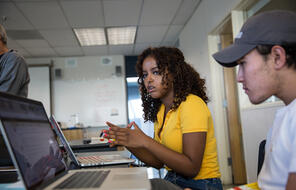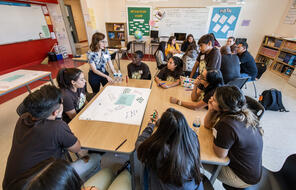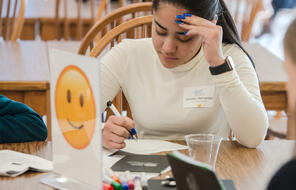Overview
What Is Dissecting the Prompt?
The Dissecting the Prompt strategy is effective to use when introducing students to a new writing assignment. By having students annotate and discuss a writing prompt, this activity gives students the time they need to decode what the prompt is asking them to think and write about. You can also use this strategy to introduce an essential question for a lesson, unit, or course.
Lesson Plans
How to Use the Dissecting the Prompt Strategy
Unlimited Access to Learning. More Added Every Month.
Facing History & Ourselves is designed for educators who want to help students explore identity, think critically, grow emotionally, act ethically, and participate in civic life. It’s hard work, so we’ve developed some go-to professional learning opportunities to help you along the way.
Exploring ELA Text Selection with Julia Torres
On-Demand

Working for Justice, Equity and Civic Agency in Our Schools: A Conversation with Clint Smith
On-Demand

Centering Student Voices to Build Community and Agency
On-Demand




